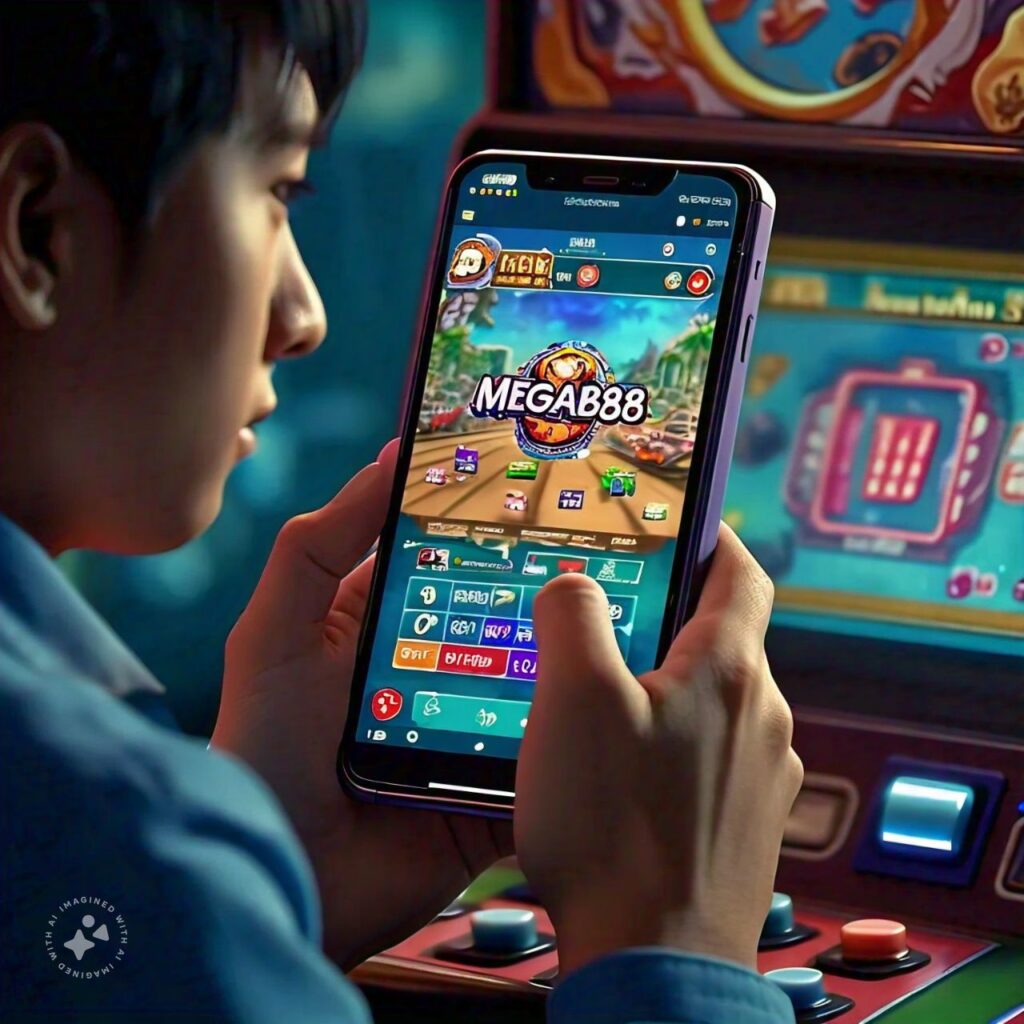Nowadays, roulette has transcended beyond just a game, with it now being an icon of the casino scene. With its rich tradition, roulette has spun its way through the centuries, transforming what was once a scientific curiosity into one of the most famous table games in any casino. If you have ever wondered where the wheel came from or how it managed to assert itself as such a staple, we have taken a look at how roulette has evolved, adapted and ultimately, stayed relevant across different generations.
The Formative Years Of Roulette
To begin with, the word roulette actually comes from the French, with the word meaning little wheel. Fittingly, the origins of live roulette as we know it today can be traced back to 17th-century France, with Blaise Pascal inventing a primitive version of the wheel. The French mathematician and physicist originally intended to create a perpetual motion machine around 1650; however, his goal failed. Despite this, he accidentally laid the groundwork for the format of roulette, with this creation being adapted for the game we know today.
By the time the 18th century rolled around, a form of roulette using this style of wheel began appearing in Parisian casinos. These wheels featured both a single zero and a double zero, with this format being very similar to what we now call “American roulette”.
The Rise Of European Roulette
Although it could be found in small pockets around France, roulette really saw its notoriety boom around the country in the late 18th and early 19th century. During this time, the game began to take a more standardised layout, with this being something that managed to draw the attention of more players. It wasn’t until 1840 that the Blanc brothers removed the double zero pocket from the wheel, with this decision being one that would change the game forever.
They introduced the single-zero roulette variant in casinos in Germany, originally intending to attract more players due to the lower house advantage. However, due to the popularity and the better odds this presented, the layout became what we know today as European roulette.
Roulette Goes Global
As the mid-1800s rolled around, roulette had managed to cross the Atlantic and become a favourite in the United States. However, this wasn’t without a unique twist as casinos decided to reintroduce the double-zero pocket to increase the house edge. This version became American roulette and took hold in various gambling halls, salons and even riverboats throughout the nation. Some variants of American roulette even began adding a bald eagle symbol to the wheel, which essentially acted as a third zero pocket. However, this changed quickly due to it causing the house edge to be even higher.
Meanwhile, in places such as Monte Carlo, roulette went on to become a centrepiece of Europe’s most prestigious and glamorous casino establishments. With this casino in particular, it even saved the economy of Monaco, with the famous casino attracting royalty and other high-class players alike. The game was elevated to a new symbol of sophistication, which only contributed to its rise even further.
Roulette’s Digital Age
Despite being adopted more widely across the globe throughout the 20th century, it wasn’t until the 1990s that a new era of roulette was born, with this seeing the casino game go digital. Online casinos began to emerge, offering virtual varieties of roulette that were powered by random number generators. These ensured that every spin of the roulette wheel produced a completely random and independent outcome, without interference. Even with them being digital, these versions utilised the traditional wheel and layout of the classic casino game, but allowed players to play without needing to travel to a brick-and-mortar casino.
In the 2010s, live dealer roulette revolutionised the game, taking it to a whole new level. Combining the real-time gameplay with immersive settings, real croupiers, interactive features and HD cameras, live roulette managed to recreate an authentic casino experience on any screen. At the same time, a whole serie of new variants were introduced to players, from the fast paced speed roulette and multiplier infused lightning roulette, all the way to auto roulette which features an automated wheel and double ball roulette which, as you can likely tell from its name, features two balls in each spin.
Roulette In The Modern Era
Although it deviates quite a bit from its origins, the game of roulette as we know it today is arguably more immersive and accessible than ever before. Thanks to mobile roulette, players can access this release on various device types with just one touch via customisable interfaces. Due to improvements in live streaming technology, the live variants, which are among the most popular, have been elevated further, with some even offering AI or VR augmentation options.
By retaining the blueprint and qualities which first helped establish roulette, however, this casino game still manages to honour its rich tradition, all whilst pushing boundaries at the same time.


